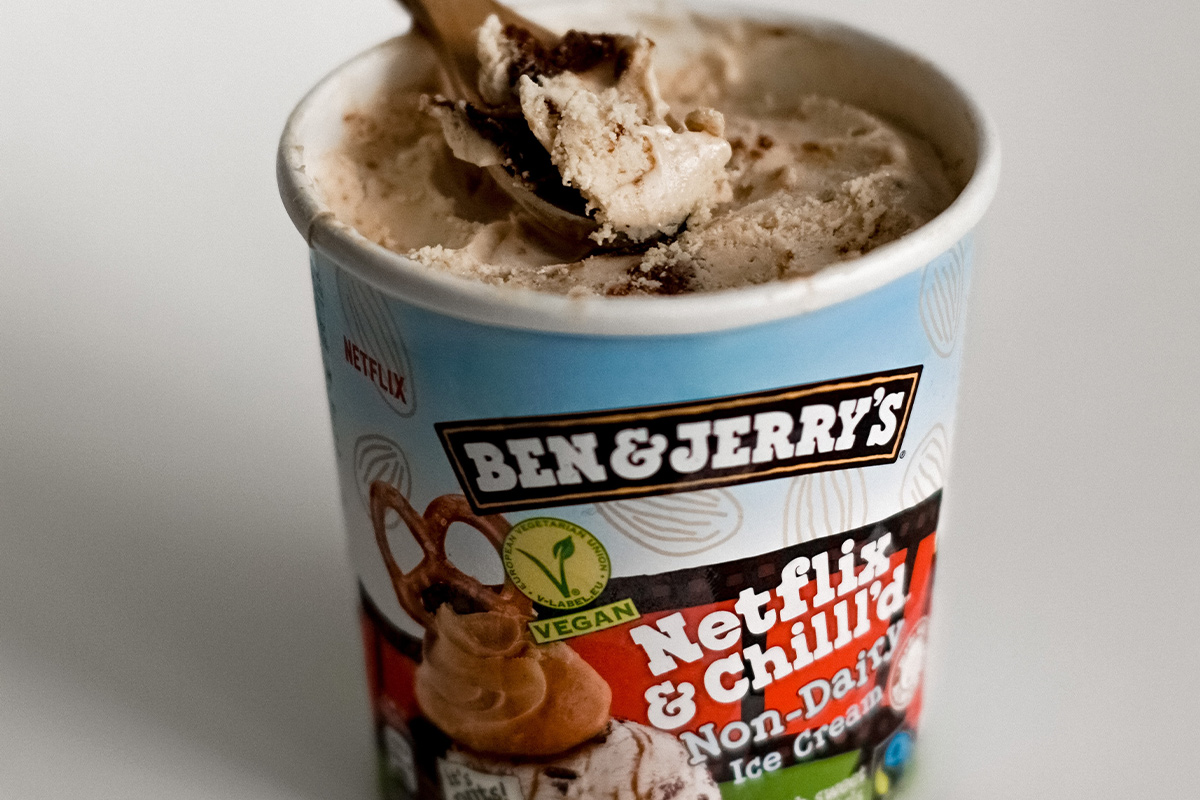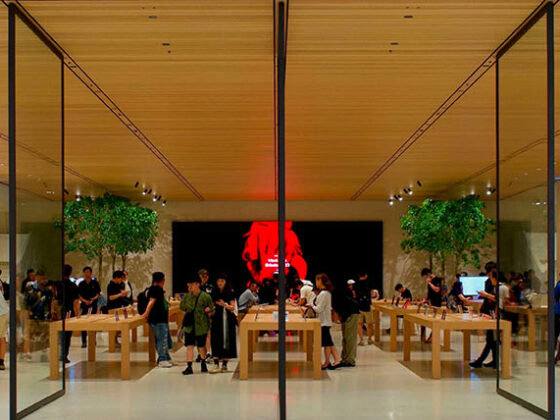When Olivia stepped into the corridors of her local mall, she was on a mission to pick up a few much-needed clothing staples for herself and her kids.
Weaving in and out of stores like Aeropostale, Eddie Bauer and Forever 21, she found most of the items she was looking for on her list. For the rest, she would stop at a department store on her way out, where she could find favorite brands like IZOD, Volcom and Nine West.
Although Olivia visited at least four different stores and shopped half a dozen brands, like most consumers, she didn’t realize that each retailer she visited fell under a parent brand’s umbrella. In other words, she essentially shopped at one company—a brand family.
In her scenario, the parent brand was Authentic Brands Group, a brand management company whose portfolio spans various industry sectors, including entertainment, sports, and beauty and wellness.
While each merchant carries different products and features a unique personality, vibe, and characteristics that are entirely their own, they all fall under the same umbrella organization.
We all have our favorite store or brand, but the above scenario begs the question: Who owns it? You may be surprised at the answer, as well as how a multi-brand strategy can help brands become market leaders.

What is a Sub-Brand?
A sub-brand is a secondary brand that is associated with a parent company. Often, consumers are unaware of the connection, yet sub-brands are common in most industries, from food and beverage to electronics.
The Toyota Motor Corporation has several sub-brands, including Lexus, Hino Motors, Fiji Industries, Isuzu and Daihatsu. Madewell is a sub-brand of J.Crew, while Amazon owns Audible and Ring. If you’ve been to a mall lately, you’ve probably been tempted to stop at Auntie Anne’s, Cinnabon and Jamba Juice. They’re all under the parent brand, Focus Brands.
It’s easy to understand why it’s not obvious that these sub-brands are connected. Each brand has its own comprehensive identity that includes a unique logo, color palette, images and messaging. Each brand has its own target customer as well.
While some sub-brands coordinate closely with a parent brand for strength and credibility, other sub-brands stand entirely on their own.
Take Ben & Jerry’s, which is owned by Unilever, the same company that owns Seventh Generation, Dove, Axe and Vaseline. Ben & Jerry’s revenue is $450 million annually, yet the respected brand in the ice cream industry stands on its own as a highly recognized product. With a loyal customer base and a strong commitment to social and environmental activism, Ben & Jerry’s doesn’t necessarily rely on Unilever’s affiliation and resources.
Yet Unilever certainly benefits from having a successful company like Ben & Jerry’s under its umbrella, and for the parent companies that expand their product lines and target different customer segments, they often see the advantages like building brand equity and enhanced creativity across the entire organization.

The Success Behind Sub-Brands
A parent company doesn’t always begin as a conglomerate of brands. In fact, one of the primary ways a company develops sub-brands is through acquiring other businesses. Others may create a new sub-brand if they see a void in a market and want to capitalize. They may also have organizational goals to target different customer segments.
Regardless of the reason behind developing a sub-brand, companies recognize that having multiple sub-brands can provide many benefits, and ultimately, success.
New Revenue Streams
Sub-brands offer a unique way to unlock new revenue streams. Companies may use them to differentiate products or see an opportunity to expand into new categories. In 2000, Abercrombie & Fitch acquired Hollister Co., adding a new brand concept that focused on a “laid-back California lifestyle.”
Other times, a company may deliberately create a different sub-brand to reach a new niche or market, as Abercrombie & Fitch did in 2022 when it announced an all-new activewear sub-brand, YPB. YPB stands for “Your Personal Best” and advertises itself as a fashion-forward yet functional activewear for men and women.

Deeper Connections
Sub-brands also create deeper connections with specific audiences. By better connecting with customers based on their distinct interests or values, companies can tap into the buying power of entire markets.
Since its launch in 2014, Aerie, a lingerie sub-brand of American Eagle Outfitters Inc., has achieved remarkable success through its #AerieREAL Life campaign. This international campaign aims to foster positivity and inclusivity by featuring models from diverse backgrounds. Photo retouching is forbidden.
The campaign has struck a chord with consumers, resulting in an impressive growth for both the brand and its parent company. As of 2021, American Eagle Outfitters Inc. has generated more than $5 billion in revenue.
In 2021, clothing giant Hollister introduced its gender-inclusive apparel brand, Social Tourist, in collaboration with TikTok stars Dixie and Charli D’Amelio. The brand empowers teenagers to discover their unique fashion sense and engage with their beloved TikTok influencers. Social Tourist’s inaugural brick-and-mortar store debuted on Melrose Avenue in Los Angeles, utilizing Leap’s technology. With Social Tourist’s potential to appeal to a younger demographic, Hollister can enhance customer involvement and potentially establish long-lasting loyalty.
Success, Even in Failure
Even when brands don’t find success in exploring new concepts without compromising their brand identity, they take away valuable lessons that can help them grow their businesses.
Lululemon’s launch of Ivivva in 2009 is the perfect example of this. The launch was aimed at expanding into the market for young girls’ athletic apparel. Although the brand was ultimately unsuccessful, Lululemon was able to learn some valuable lessons from the experience.
One of the key insights that the company gained was that the concept performed stronger when it was linked to the Lululemon name. Building on this knowledge, Lululemon has since applied its learnings as it expands into other areas.
For example, the company launched a men’s concept that focuses on athletic apparel and accessories, and it has also launched Mirror, a high-tech fitness equipment and content platform. In both of these cases, Lululemon has leveraged its brand recognition and reputation for high-quality products to establish itself in new markets.
Lululemon’s experience with Ivivva demonstrates the importance of brand recognition and the power of leveraging existing brand equity to launch new products and expand into new markets. By building on its reputation and focusing on high-quality products that align with its core values, Lululemon has been able to successfully expand its business and reach new customers.

A Multi-Brand Strategy: Top Trends and Benefits
If it ain’t broke, don’t fix it. It’s an old phrase used to express the idea that if something is working well, there is no need to change it. While this approach may be appropriate in some situations, it can also limit a company’s potential for growth and innovation.
In fact, a multi-brand strategy can provide numerous advantages to a company:
You increase your potential to expand your customer base. By offering different brands, a business can cater to a variety of customers’ needs and preferences, which can attract new customers who may not have been interested in the company’s previous products.
Cross-selling and up-selling becomes more effective. When multiple brands are available, it allows a company to offer complementary products and services to different customer segments.
You become the leader of the pack. A multi-brand strategy can help a company become a market leader. By offering a wide range of brands and products, a company can increase its visibility and appeal to a larger audience, which can lead to greater market share and revenue.
Internal competition is stimulated. Having multiple brands can stimulate healthy internal competition, which can lead to more innovation and growth.
Diversification reduces dependence. Building several brands allows a company to spread its risk and reduce its dependence on any one product or market. This can help the company weather market fluctuations and reduce the impact of any single product or brand failing.
A powerful tool for businesses, a multi-brand strategy offers many benefits. Yet it’s important to consider that having a successful multi-brand strategy requires careful planning and execution to ensure that the different brands complement each other rather than compete with each other.




